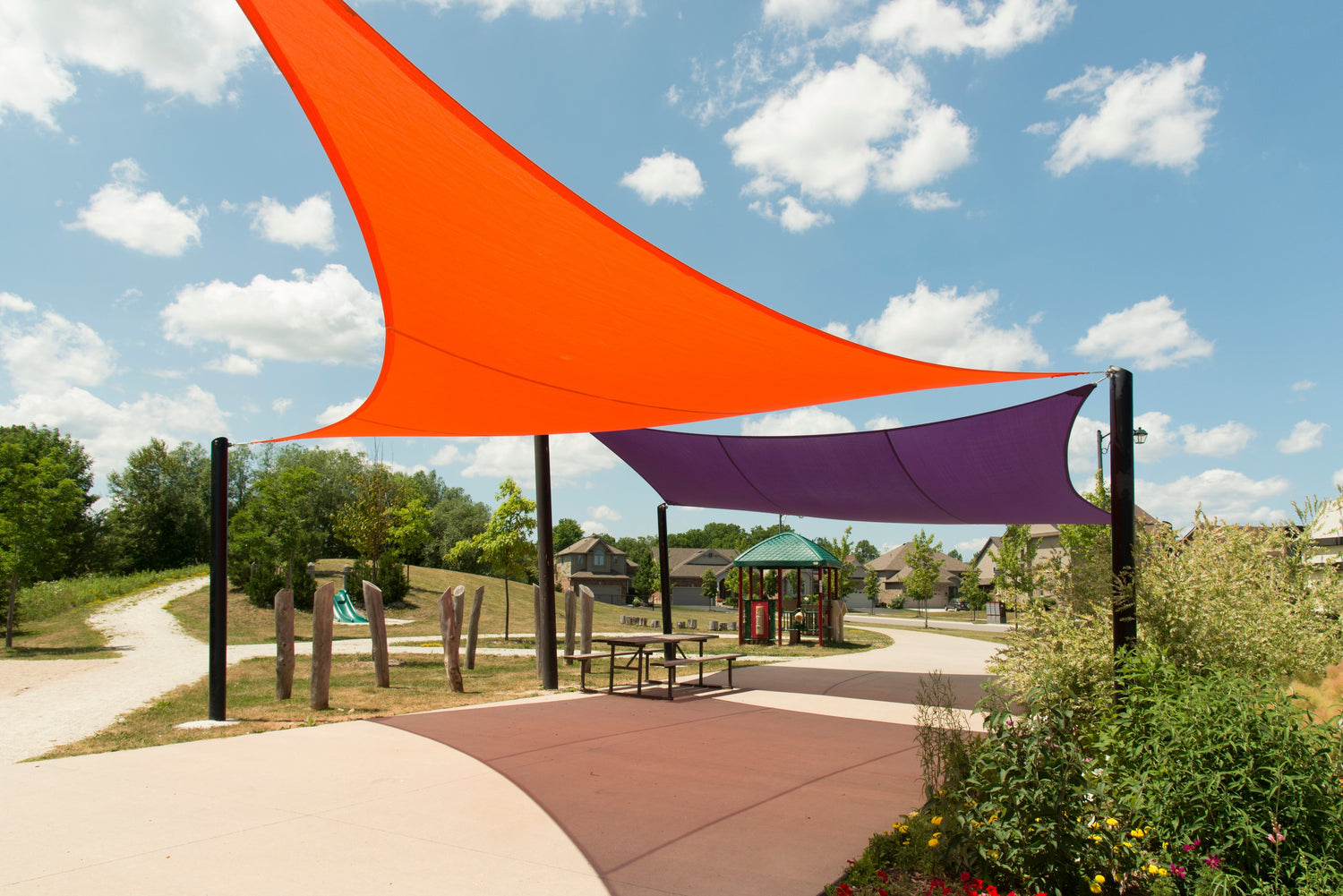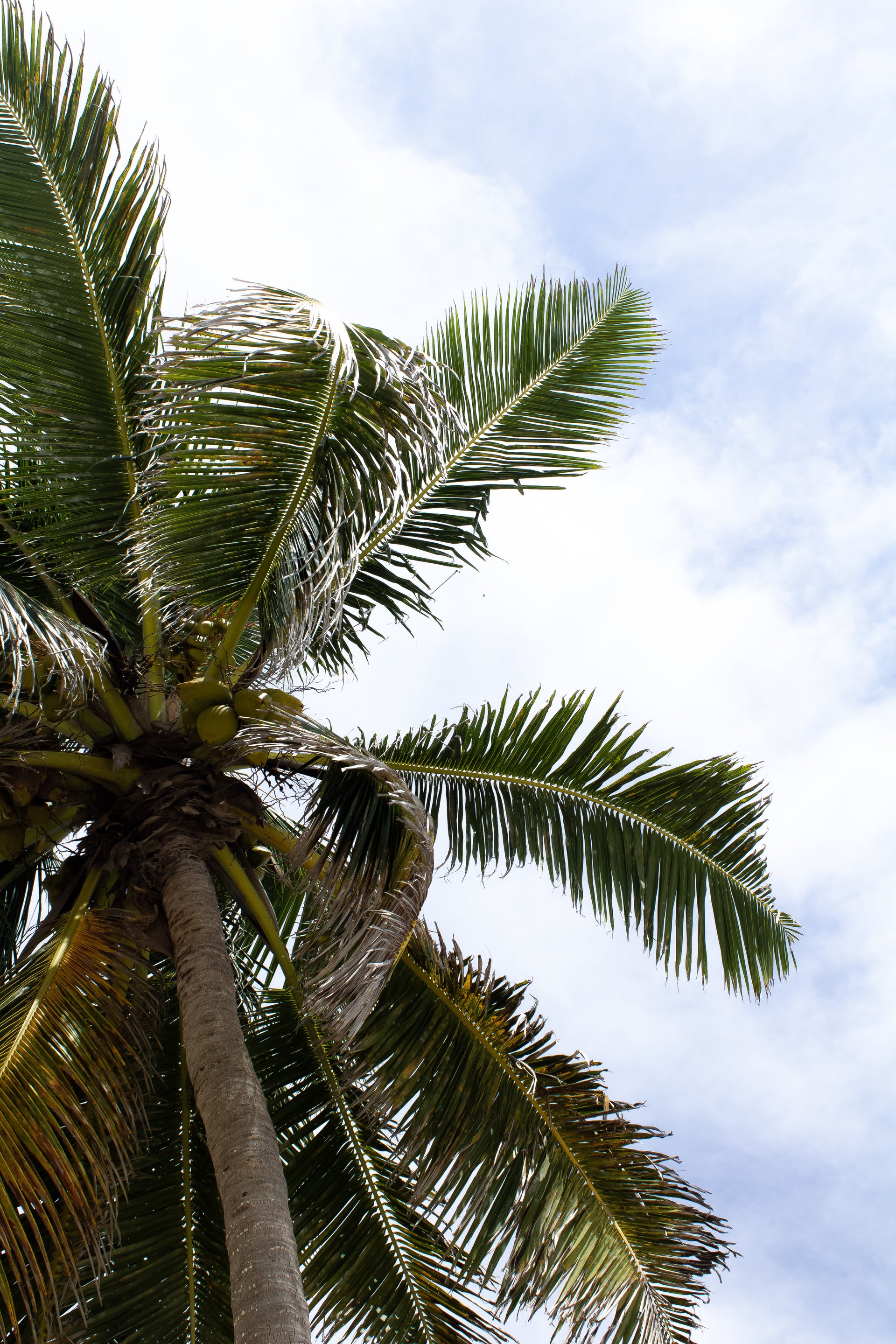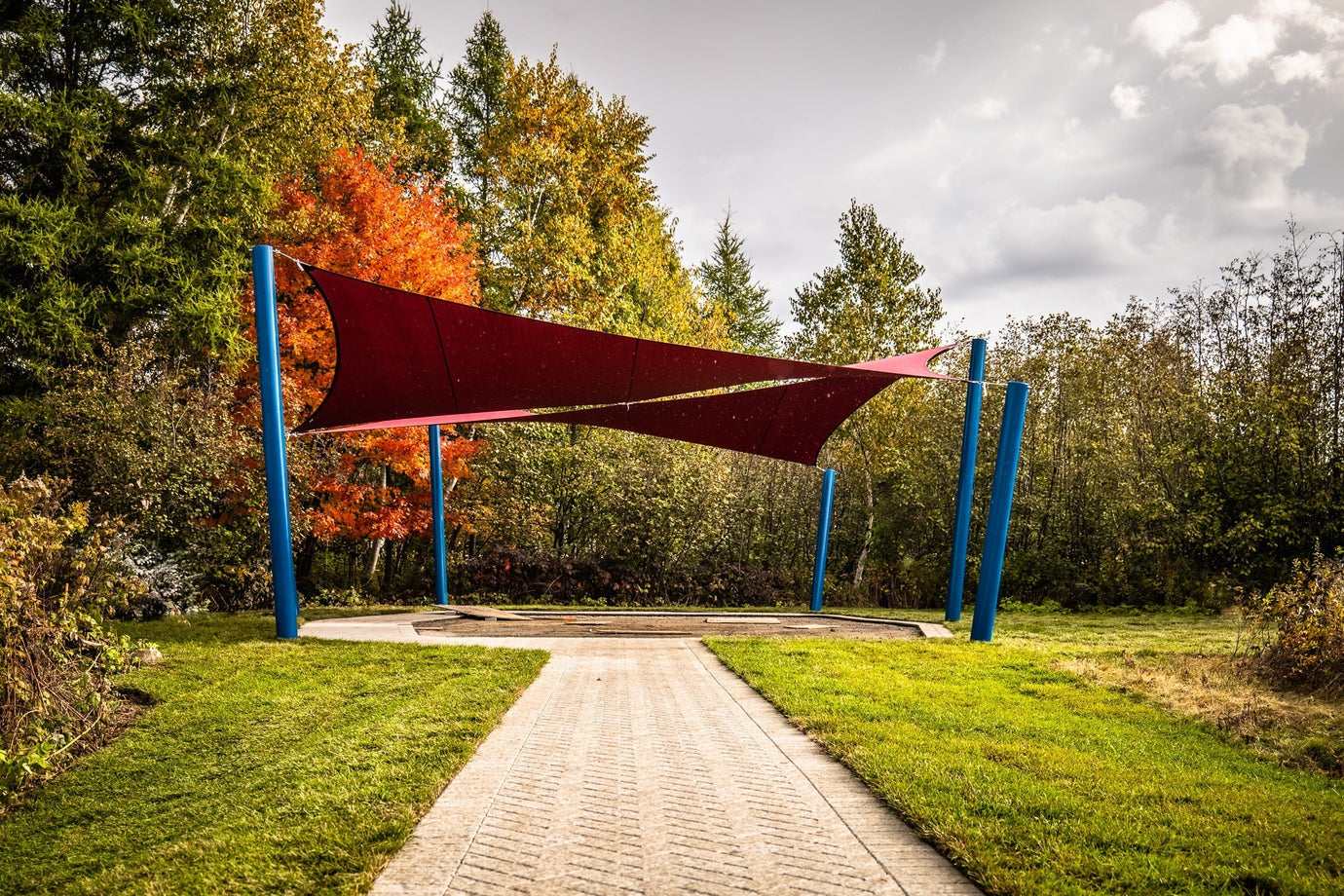Our YouTube channel includes detailed installation guides, frequently asked questions, product overviews and lots more. We are always open to content ideas so please let us know if there is a topic you would like us to cover.
Shade sails shapes - Triangle vs 4-Point

When it comes to designing a beautiful, shaded outdoor space, one of the first decisions you’ll need to make is the shape of your shade sail. Two of the most common shade sail shapes are triangle shade sails and 4-point (square or rectangular) shade sails. While both offer aesthetic and functional benefits, understanding the differences will help you choose the right fit for your space and shading needs.
This guide breaks down the pros and cons of each shape, explores customization options, and highlights design considerations to help you create a stunning and effective shade installation.
Triangle Shade Sails
Pros:
-
Ideal for smaller spaces
-
Sleek, modern look with sharp angles
-
Easy to install with only three anchor points
-
Visually interesting when layered in multiples
Cons:
-
Less shade coverage compared to a square sail
-
Gaps between multiple triangles can let in sun
-
More susceptible to wind flapping if not tensioned correctly
Triangle shade sails are great for creating sculptural, architectural interest. However, when installed side by side, they often leave open areas between the sails where sun can penetrate. This can reduce overall coverage — an important factor to consider in full-sun applications.

4-Point Shade Sails (Square/Rectangle)
Pros:
-
Superior shade coverage
-
Fewer gaps, ideal for large areas
-
Allows for design flexibility — twist the fabric for visual flair
-
Requires fewer sails for full coverage
Cons:
-
Requires four anchor points, which can be more complex to install
-
Larger sails may need reinforced support and tensioning
A single 4-point sail can often replace two or more triangles while delivering a cleaner and more cohesive look. These sails are ideal for patios, pools, playgrounds, and commercial settings where full coverage is essential.
If you're seeking both visual appeal and effective coverage, Custom Shade Sails from Shade Sails Canada are available in both triangle and 4-point configurations — with custom dimensions, fabric choices, and reinforced cable perimeters.

Custom Shapes and Creative Design
Many customers assume they’re limited to pre-cut shapes, but Shade Sails Canada offers fully custom shade sails — up to six points — allowing for more creative layouts and variable height points for a dynamic visual effect.
For example:
-
A 4-point sail can be twisted to resemble overlapping triangles
-
A 6-point sail can simulate the effect of multiple sails while being a single piece
-
Custom heights can create a “wave” or “twist” in the sail design
This freedom in design allows customers to tailor their installation to fit gardens, decks, and architectural structures without compromising performance or aesthetics.
For more guidance, check out the blog post: 7 Creative Ways to Install a Sun Shade Sail
Material & Construction Considerations
Shape is only one part of the equation. To get the most from your investment, you’ll also want to pay attention to:
-
Fabric Quality: Monofilament fabrics (like Monotech) offer premium strength and UV protection.
-
Cable Reinforced Perimeters: These add rigidity and reduce stretching.
-
Double-Stitched Corners: Essential for long-term durability.
-
Hardware: Use marine-grade stainless steel (316) for safety and longevity.
Understanding the combination of material quality and shape ensures your sail performs optimally over time — not just looks good at first install.
Why Coverage Matters: Health and Comfort
Choosing the right shade sail shape isn’t just about aesthetics — it’s about protection. A larger 4-point sail provides broader coverage with fewer gaps, reducing direct sun exposure more effectively than multiple triangle sails.
This matters because prolonged exposure to ultraviolet (UV) rays is a leading cause of skin damage and skin cancer. Well-designed shade structures can help shield you and your family from harmful rays. According to the Skin Cancer Foundation, proper shade can reduce UV exposure by up to 70%, significantly lowering your risk.
So when selecting a shape, consider not just how it looks — but how well it protects.
Frequently Asked Questions
Can I combine triangle and 4-point sails in one space?
Yes. Many designers use layered installations of both to add depth and increase coverage, especially in large or oddly shaped spaces.
What shape is best for high-wind areas?
4-point sails generally offer better tension and wind resistance due to more anchor points. That said, proper tensioning and high-quality hardware are more critical than shape alone.
Are 4-point sails harder to install?
They can be slightly more involved due to the need for four secure anchor points, but using tools like a pulley system or adjustable turnbuckles makes the process DIY-friendly.
Conclusion
Choosing between a triangle and a 4-point shade sail ultimately depends on your space, coverage needs, and design preferences. Both shade sail shapes offer unique benefits—triangle sails bring artistic appeal and flexibility, while 4-point sails deliver broader shade and stronger structural integrity with fewer anchor points.
Whether you're creating a backyard oasis or upgrading a commercial outdoor area, custom-shaped shade sails give you the freedom to design a solution that perfectly suits your vision and environment.
Have questions about shade sail shapes, fabrics, or installation? The team at Shade Sails Canada is here to help bring your project to life.



